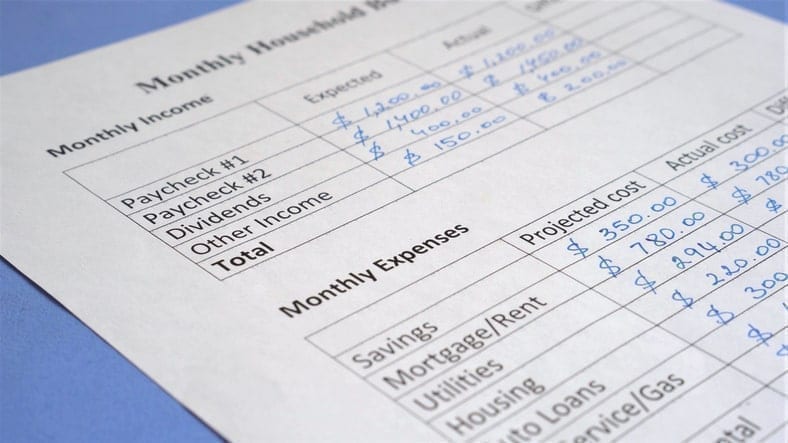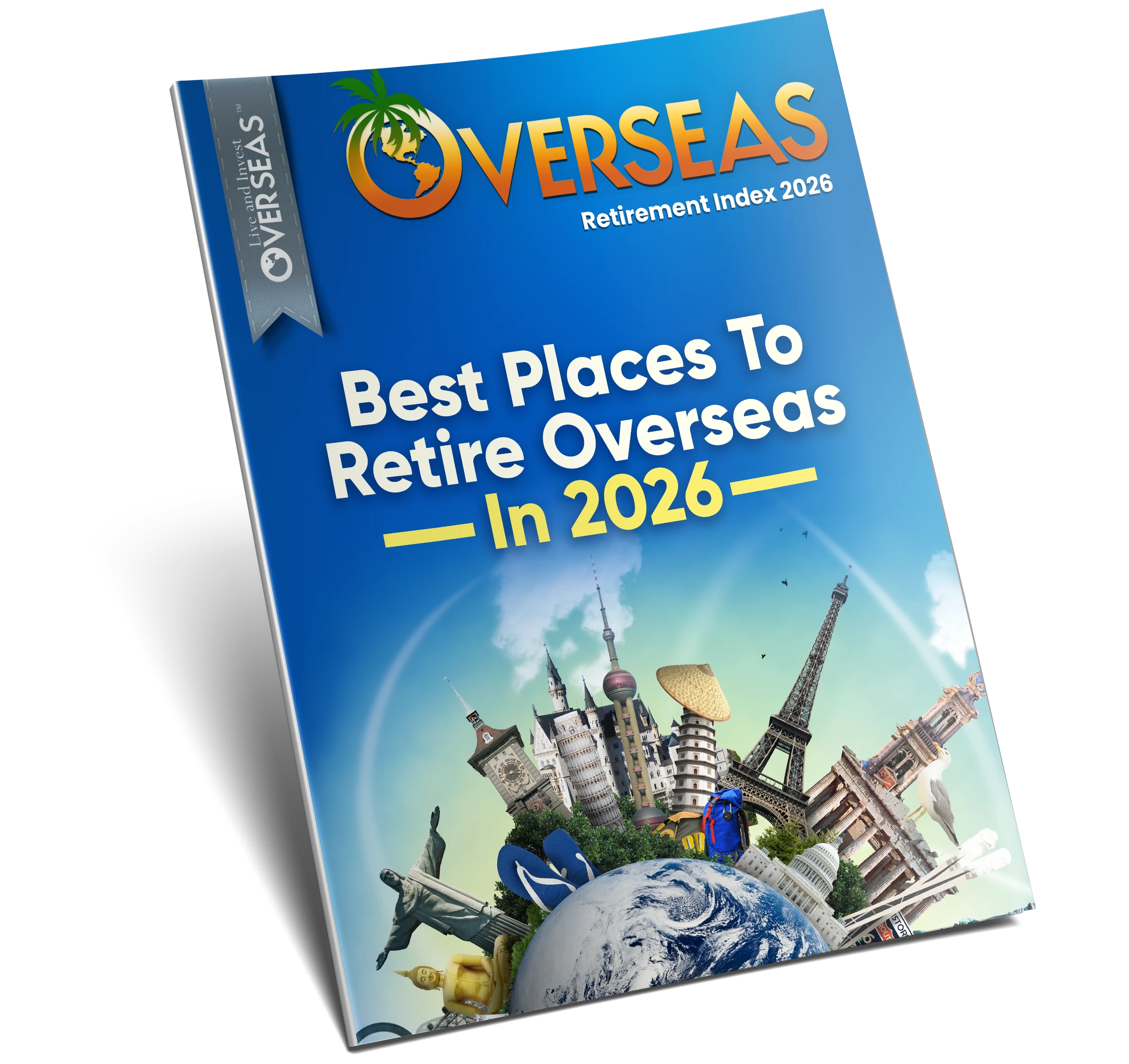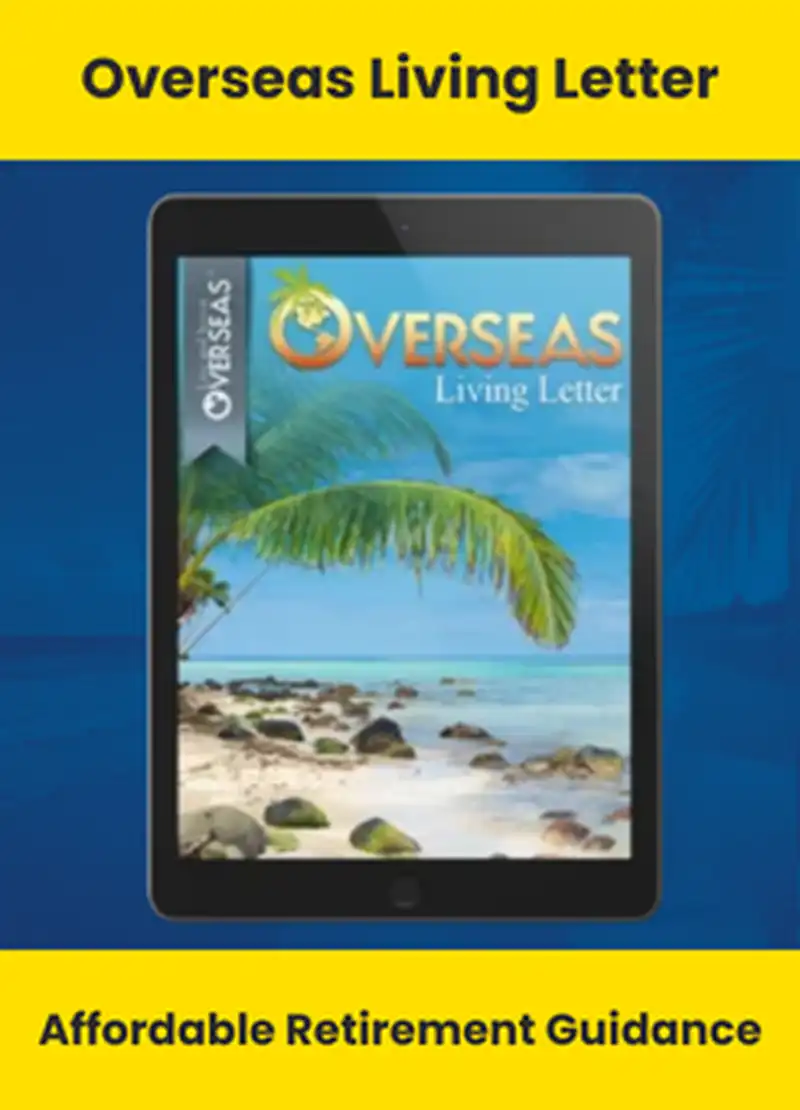How much money do you need to retire and move to a new country?
In fact, that’s not where I’d start. Here’s where I’d start: How much money do you have to retire overseas? What does your retirement nest egg amount to, on a monthly basis?
In these dispatches, I introduce you regularly to places where you could retire and live comfortably on US$1,000 or US$1,200 a month, even less. The average monthly Social Security check is about US$1,200. Meaning that you may well be able to retire overseas on your Social Security alone.
If your Social Security income is less than US$1,200 a month, however, or if you’re not of the age yet to collect it, and you have no other pension to count on, what option do you have?
Sell everything. Or nearly everything.
Think about it this way. If you were to liquidate every asset you own, where would that leave you? What lump sum of capital would you net? Then, once invested, what level of yields and dividends might that capital throw off on a monthly basis?
That’s how much overseas retirement money you have.
The Story Of Vicki And Paul Terhorst
Longtime friends Vicki and Paul Terhorst decided to retire overseas in 1984 with only US$500,000. That was their total net worth, as Paul explains it, including house, cars, investments, pension funds, and so on. Considering inflation, Paul and Vicki’s US$500,000 in 1984 would be about US$1 million today.
No, you don’t need US$1 million to retire overseas. But, if you don’t have Social Security or pension income to support you, you need to be prepared to adjust your expectations according to the nest egg you have.
As Paul Terhorst explains it, back in the mid-1980s, he and Vicki had it easy. At that time, CDs paid 16% interest. Paul and Vicki cut their money into chunks and put it into one-year CDs, with a couple of CDs maturing every month or two. They lived well on US$40,000 a year, which was 50% of their interest income of US$80,000 (a 16% return on their US$500,000). Reagan was president, inflation was low, the dollar strong.
More important…
A decade later, interest rates fell, and they had to diversify their retire overseas money portfolio into stocks and bonds, foreign currencies, and natural resources.
As Paul explains, “Though we cried a lot along the way–especially beginning in March 2000, when the stock market tanked–our investments have performed very well, providing us with a much larger stash.
“However, that stash shrank again in the recent (2007 to 2008) bear market, one of the worst ever.”
But Paul is not worried. As he puts it:
“You quickly catch on, to succeed at this, you’re going to have to assume some risk. You’re going to have to withstand market ups and downs.”
Calculating If You Can Retire Abroad

As you work through your own financial planning for your retirement overseas, here’s a useful resource, a retirement calculator called Firecalc on the website fireseeker.com. Firecalc can help you answer this most fundamental retirement planning question of all: Will you have enough money at the end of your life? It uses a database of stock and bond returns over the past century to find an answer. You plug in how much money you have, how long you expect to live, and how much you’ll be spending every year.
The calculator assumes your spending will increase by inflation, and then it gives you the result—that is, whether or not, based on your given circumstances, your money will run out.
Say you’ve saved up the US$1 million nest egg I mentioned above. You’re 50 years old. And you expect to live until age 90 (so you plug 40 years into the calculator). Your cost of living is US$30,000 a year, adjusted for inflation over 40 years.
That’s probably less than you’re spending now but more than you’ll need to live in many of the places I report on in these dispatches. The key, again, is not to load up on fixed assets with carrying costs.
The result, according to Firecalc? You have a 100% chance of making your overseas retirement work.
However, again, not everyone has US$1 million of assets. If you have less, you’ll have to plan to live on less. It’s very possible.
For my first Firecalc calculation, I used annual living costs of US$30,000. And I explained that that is more than you’d need to live in many of the places I recommend regularly. Again, I’d say that a minimum amount for a comfortable retirement in a number of beautiful, safe, and appealing places could be US$1,200 a month. In some places, you could live on less, and, anywhere in the world, you certainly could spend more if you wanted to. But US$1,200 a month is a good benchmark. That’s US$14,400 a year, about half the US$30,000 I used in my first Firecalc example.
Assuming the other variables are unchanged (you’re 50 years old, projecting your retirement to age 90), Firecalc projects that, spending US$14,400 a year, you’ve got an 86.9% chance of not outliving your retirement nest egg.
How much capital would you need to generate interest and dividend income of US$14,400 a year? About US$360,000.
But, in fact, you could make this work with a bit less. I’m assuming that you’re 50 years old right now. Perhaps you’re older. And, regardless of your current age, at some point in the future, Social Security should kick in, taking the pressure off your monthly interest and dividend requirements to retire overseas.
Kathleen Peddicord











